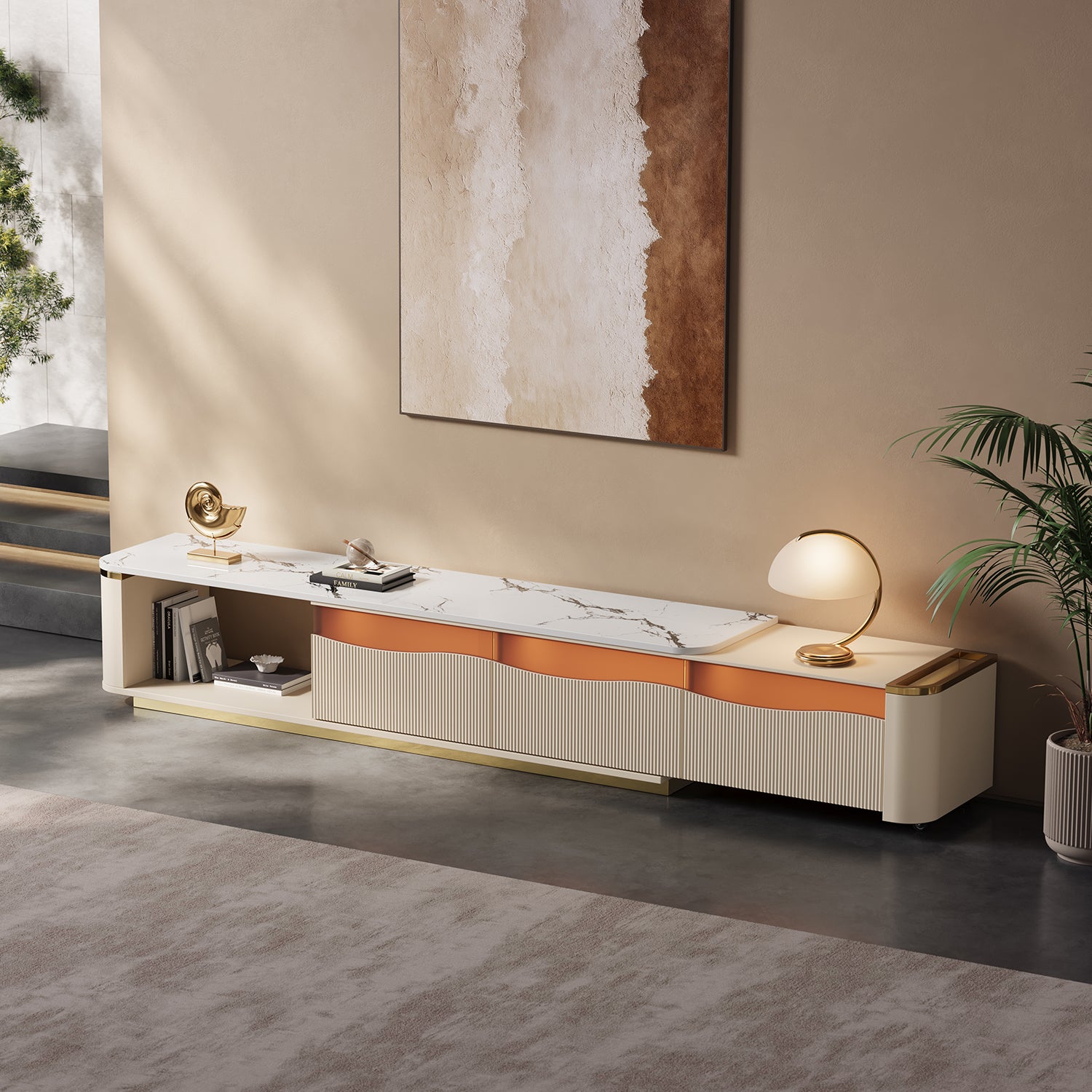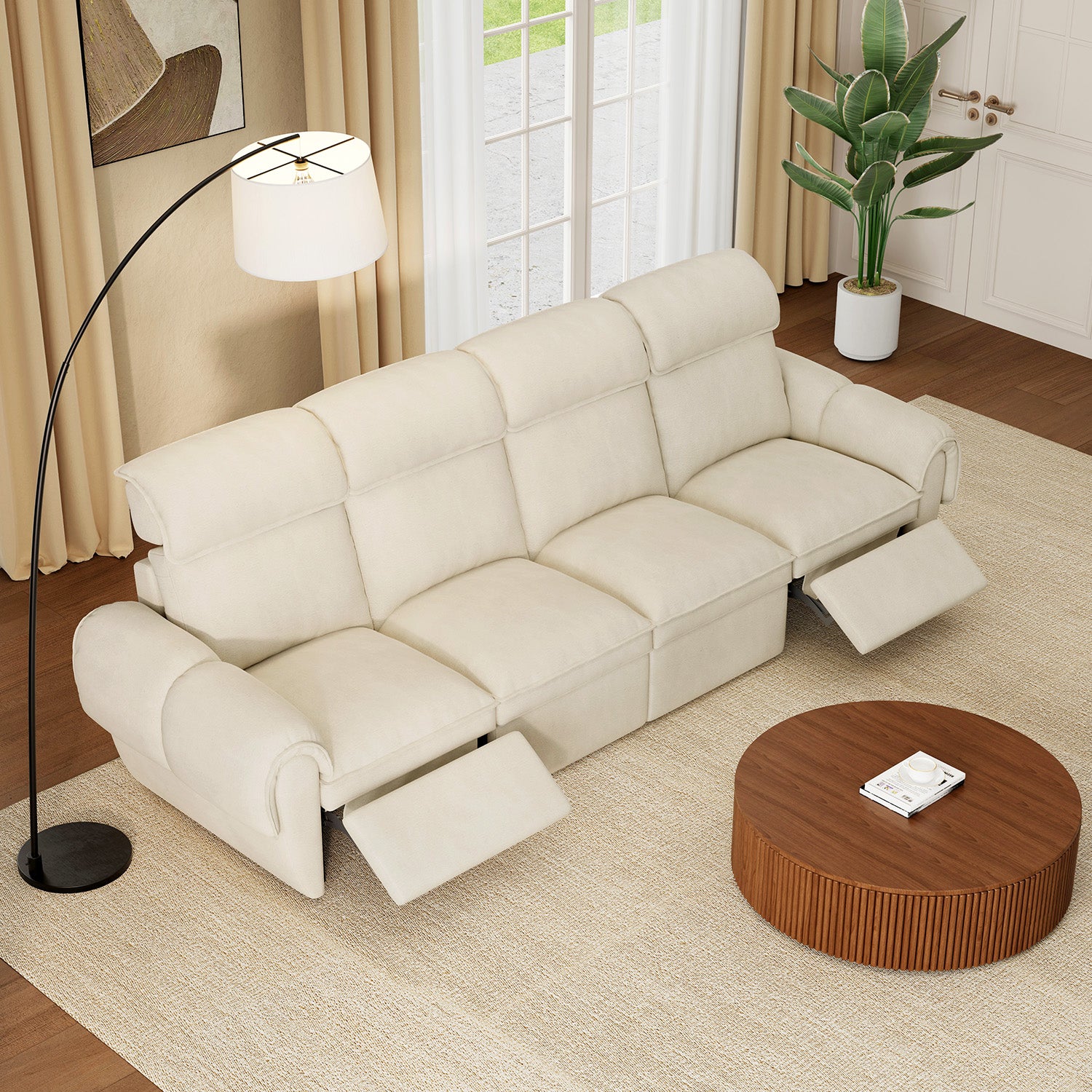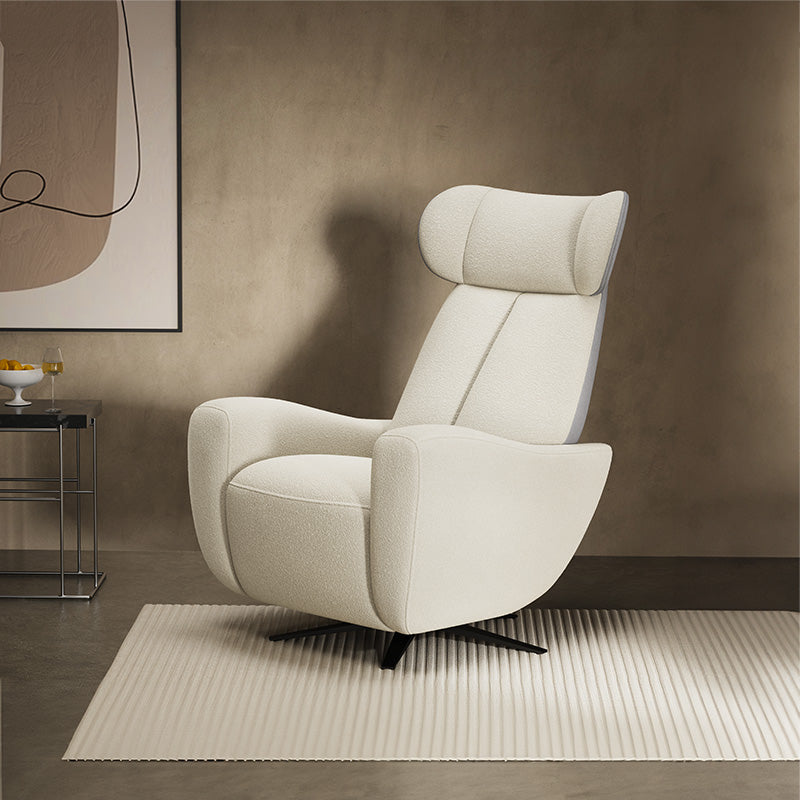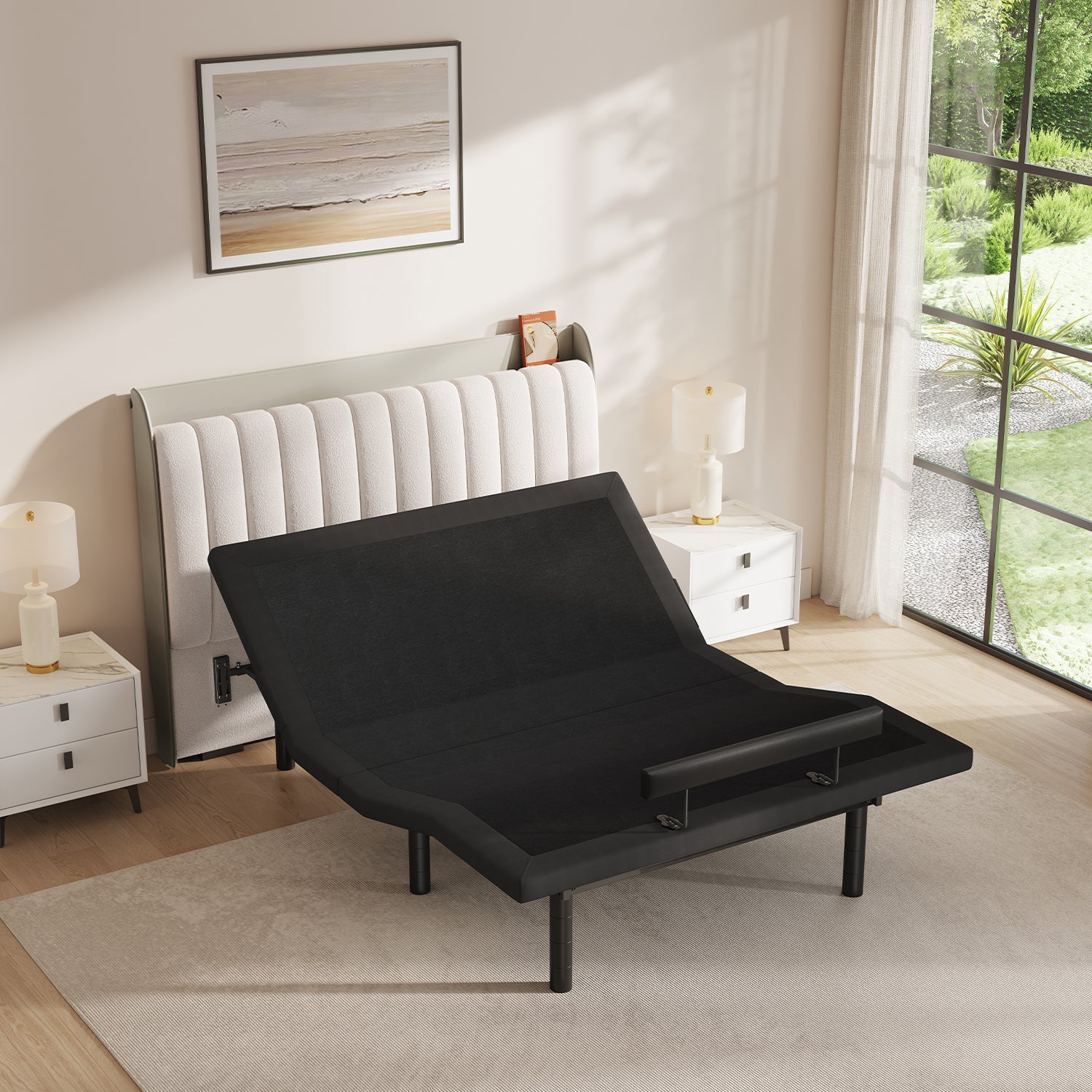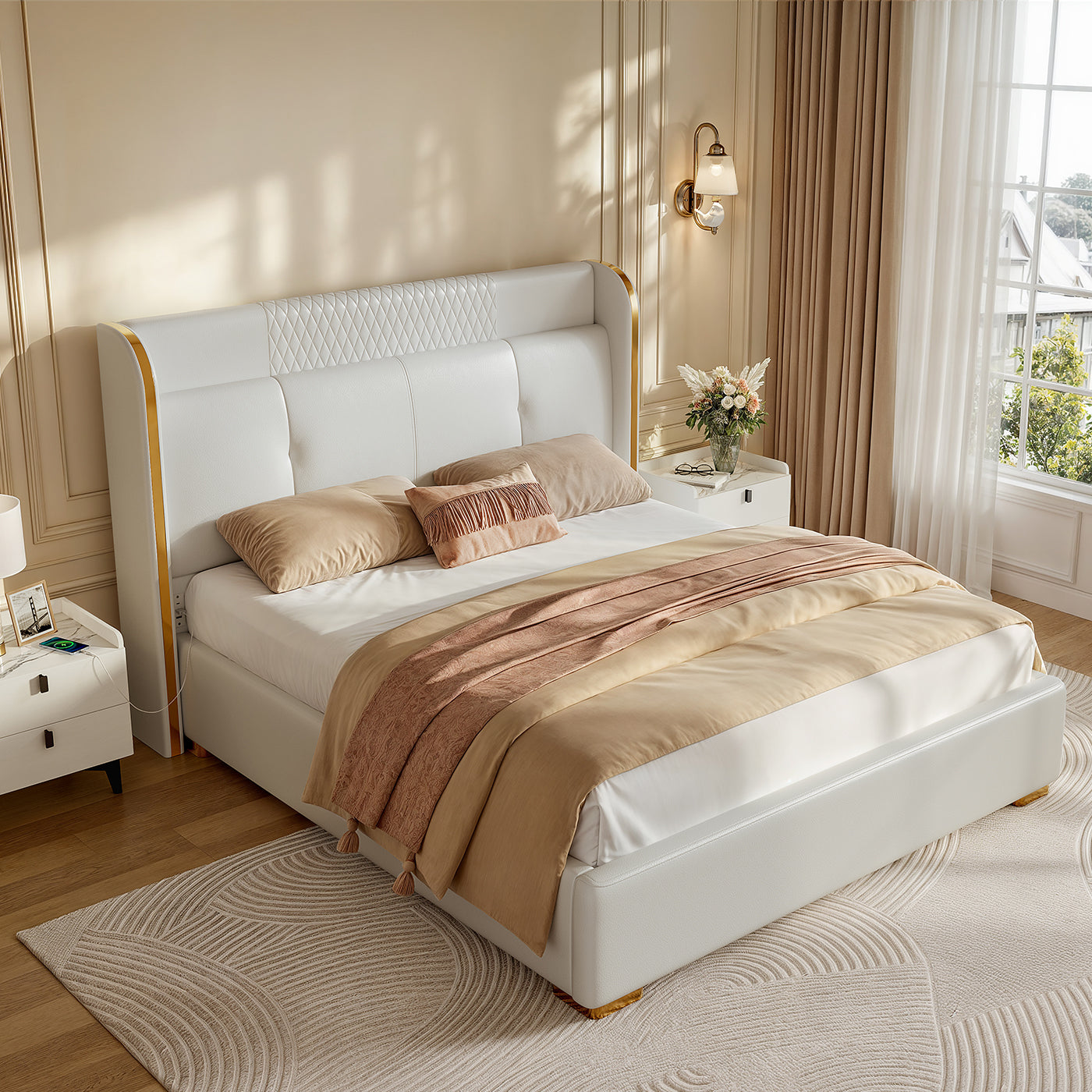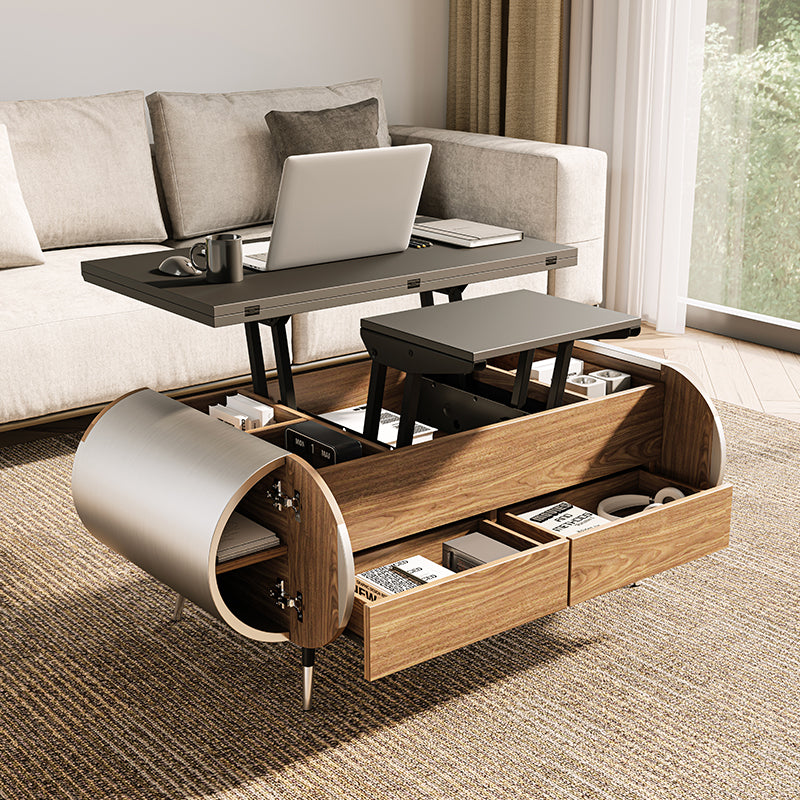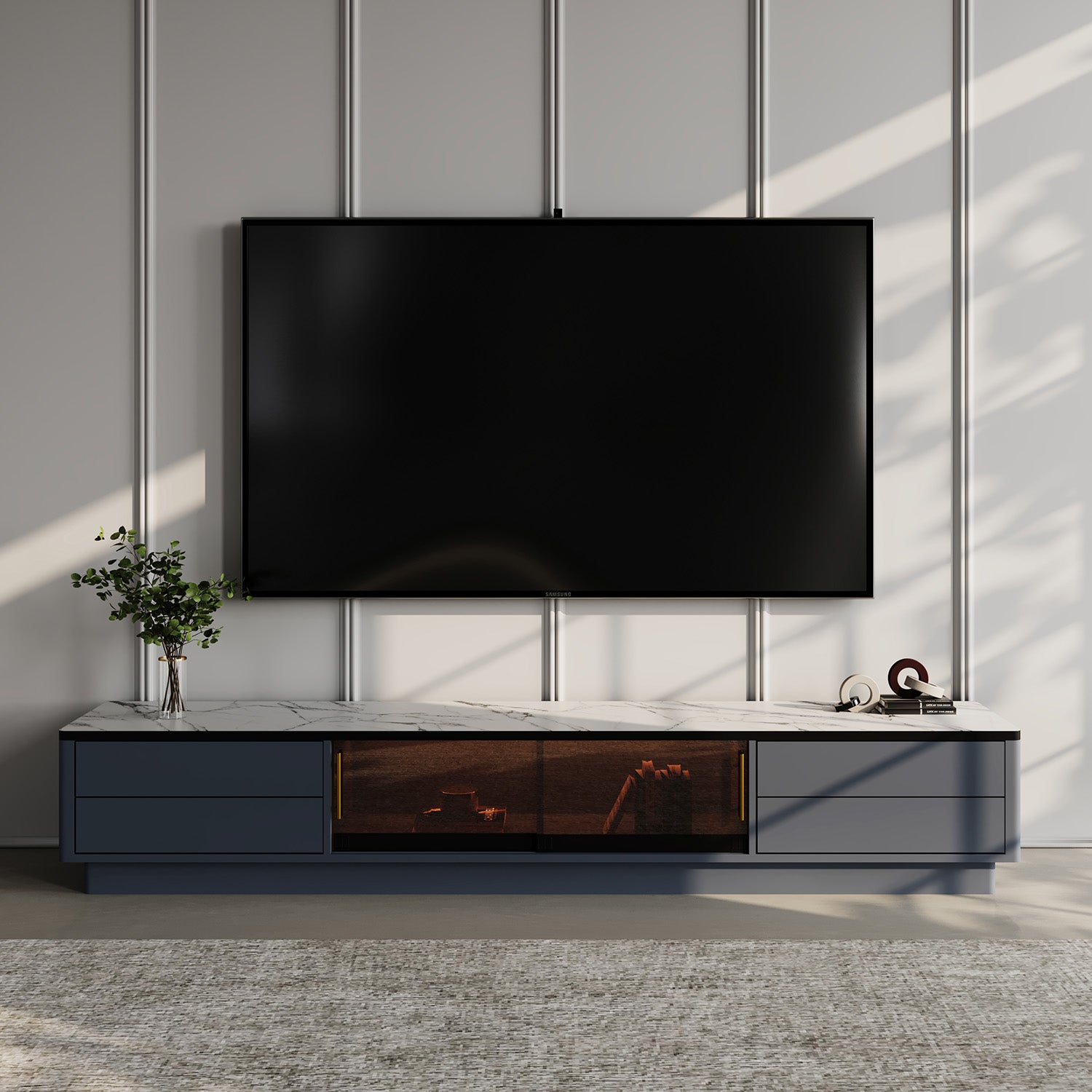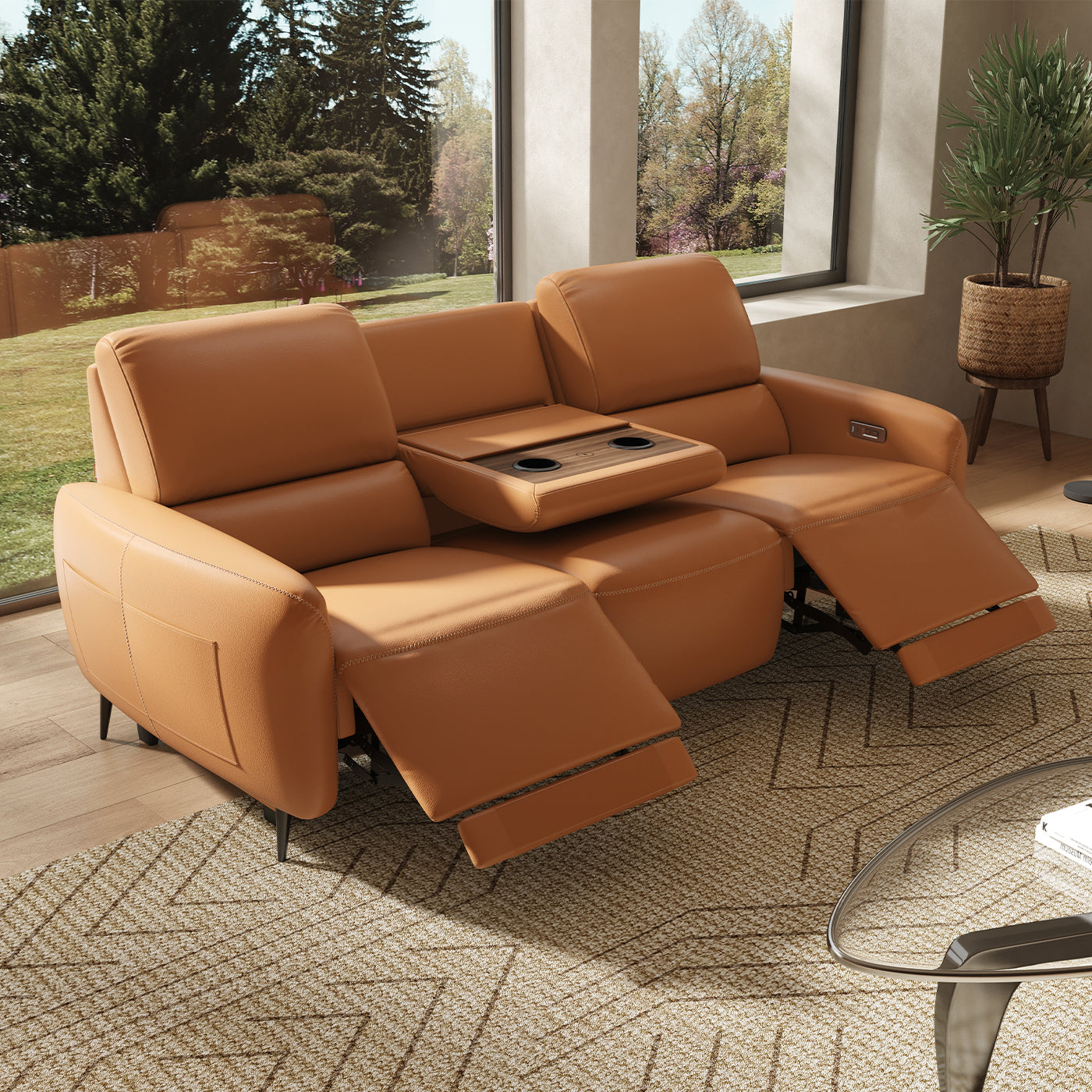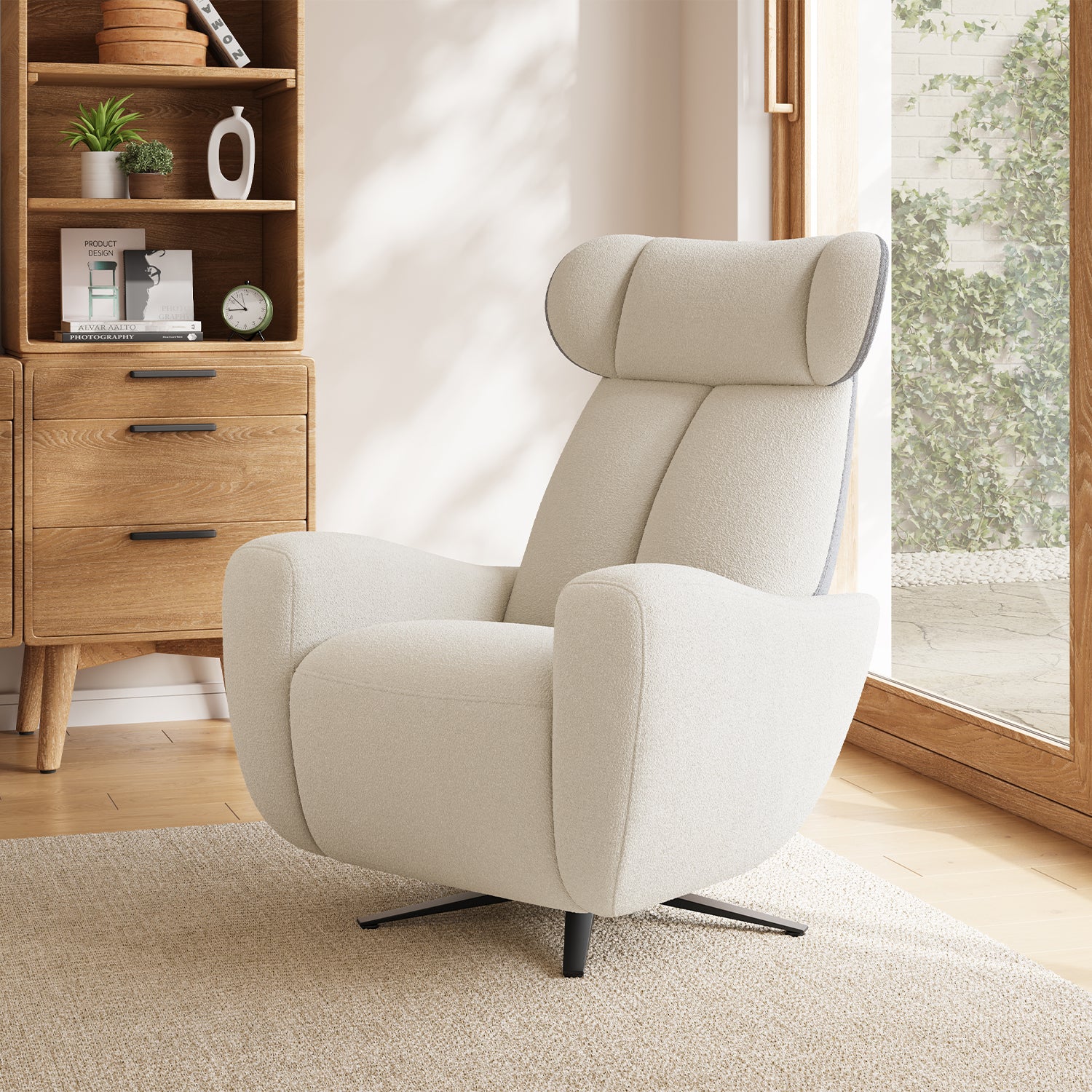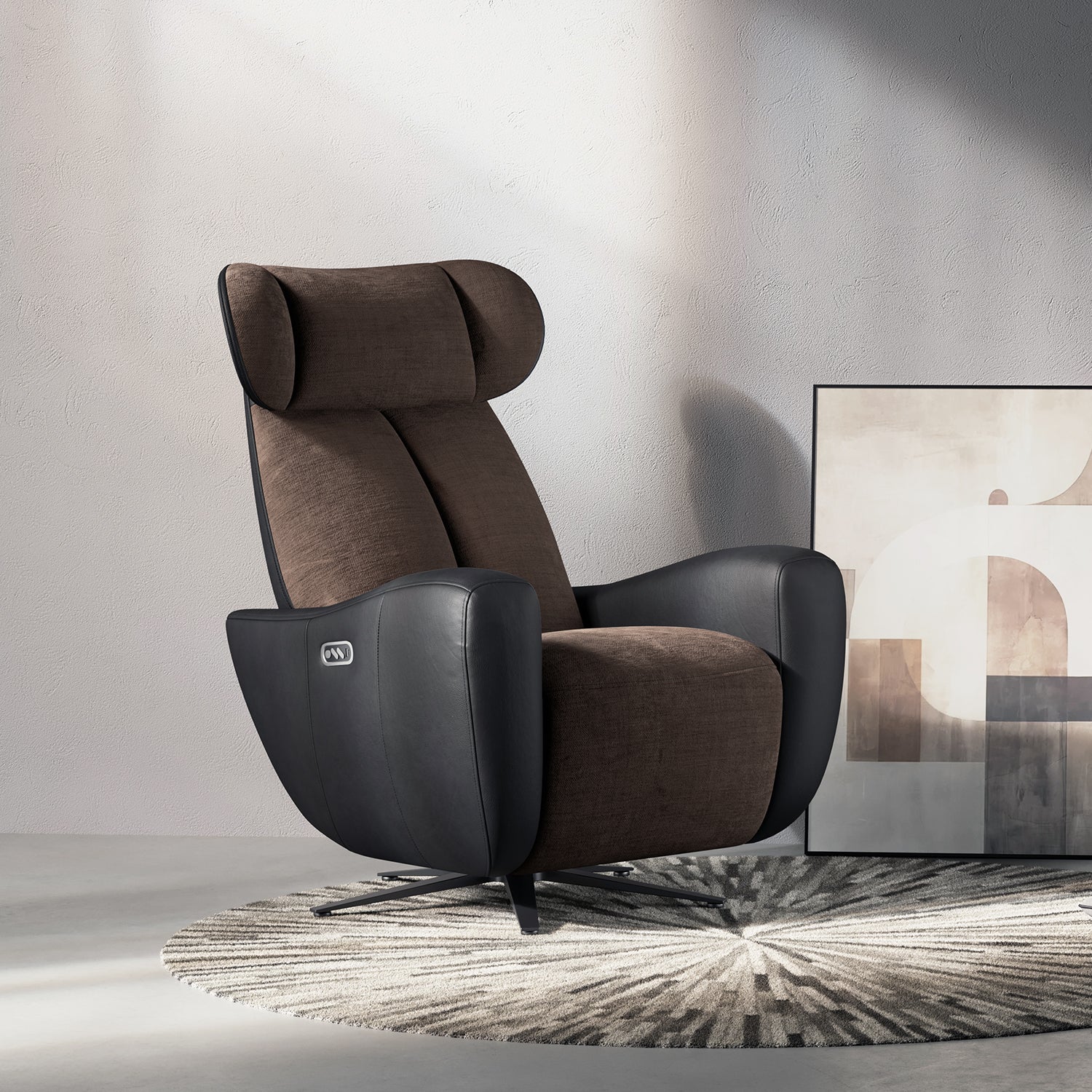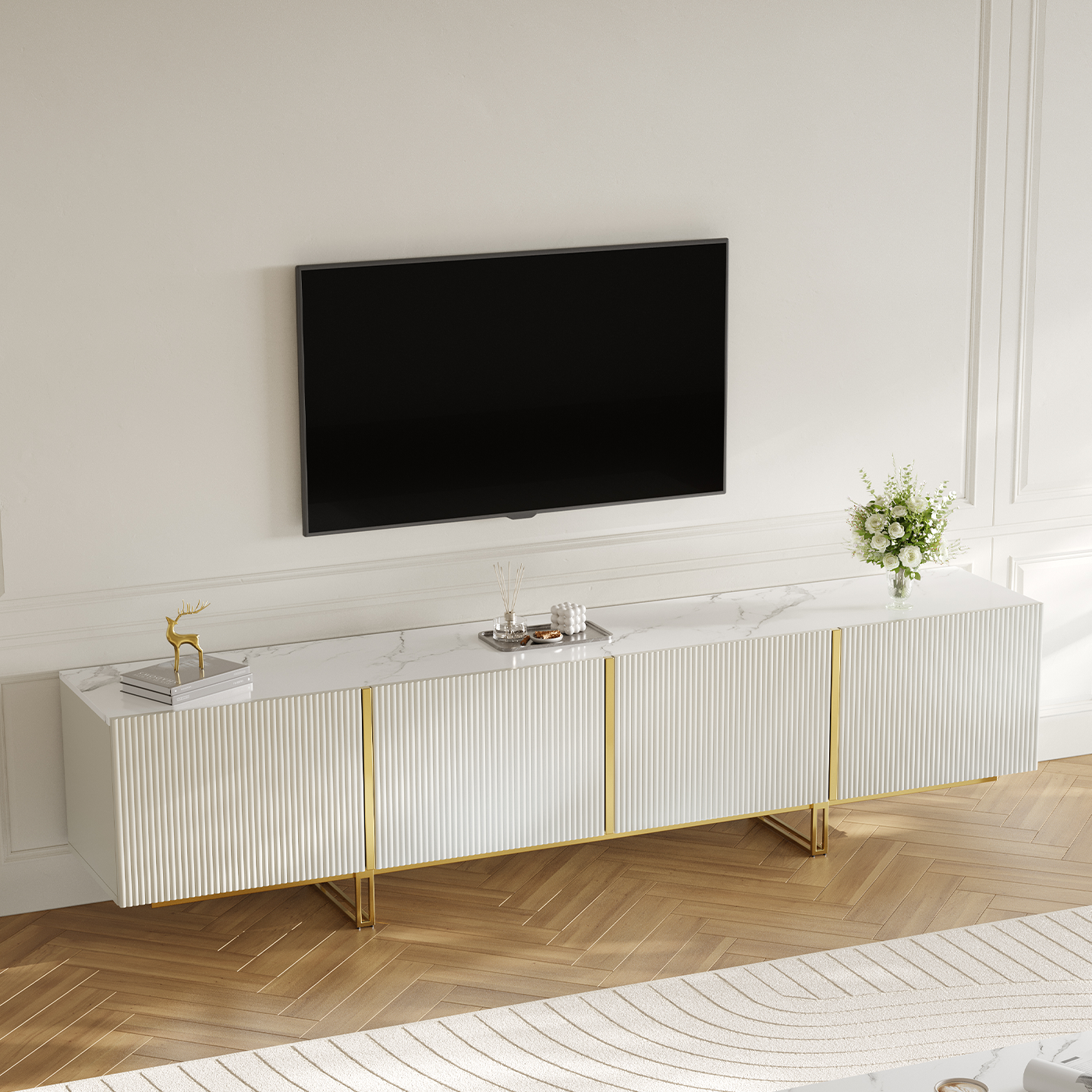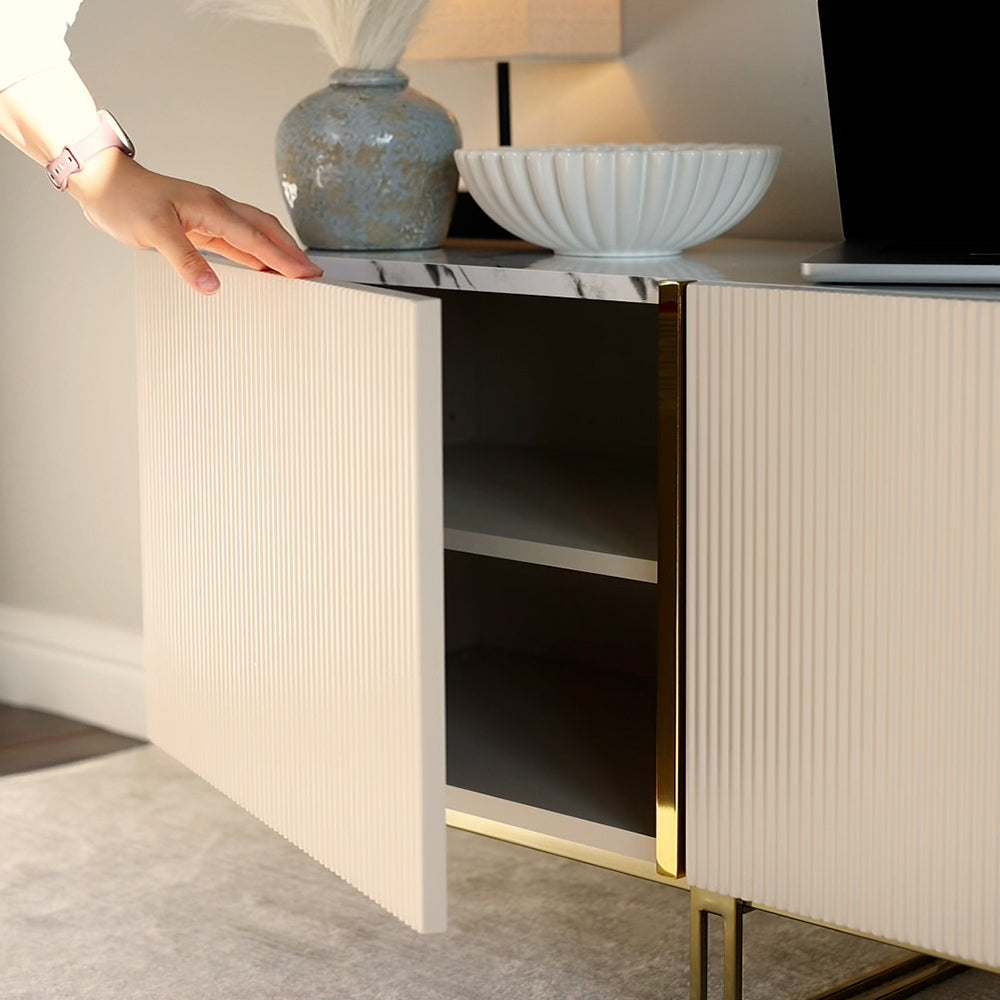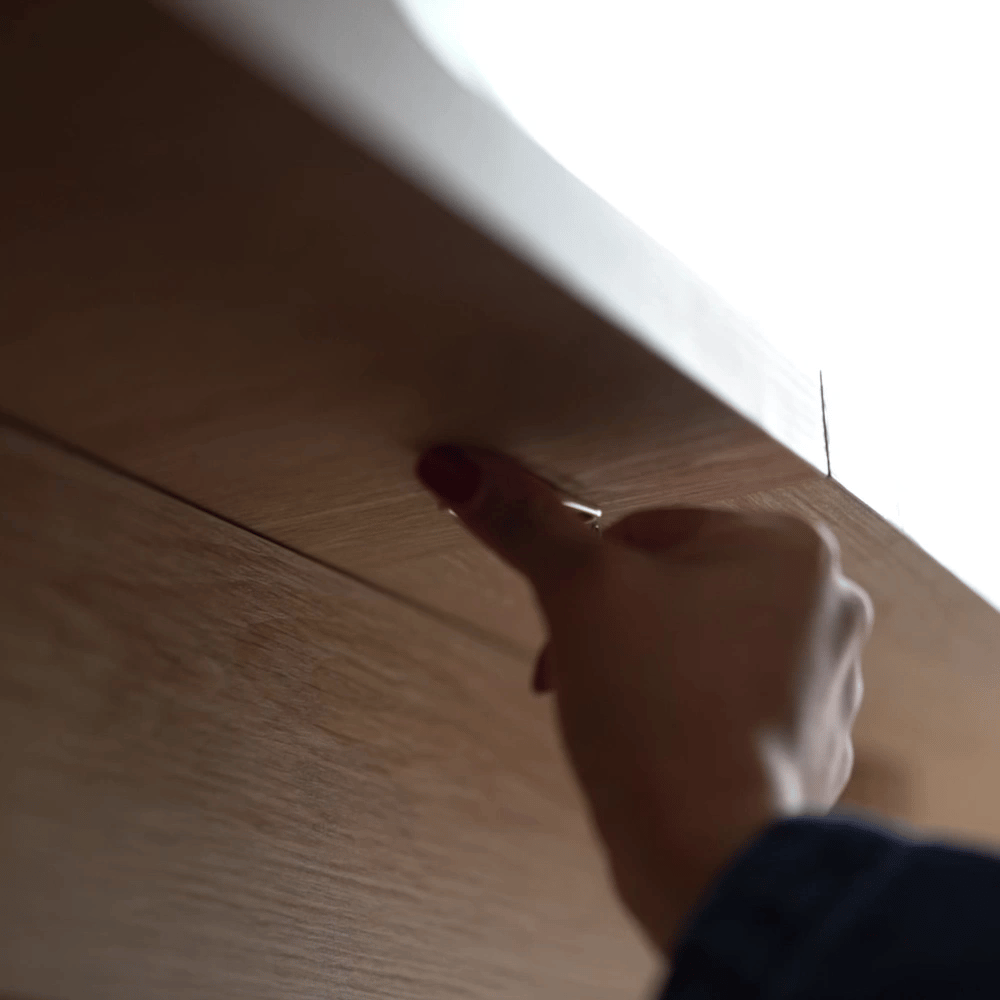A well-fitted sofa cover is an essential home accessory, offering protection for your furniture, enhancing the decor, and helping to maintain your sofa’s longevity. However, ensuring that a sofa cover fits properly can sometimes be challenging, especially if the cover is a generic size or if your sofa has an unusual shape. Whether you're trying to cover a new sofa to keep it in pristine condition, or revamping an old one for a fresh look, making sure your sofa cover fits snugly can make a world of difference.
Table of Content
1. Measure Your Sofa Accurately
Before purchasing a sofa cover or adjusting an existing one, it’s crucial to get accurate measurements of your sofa. This will help you determine the right size cover and ensure that it fits properly.
- Length:
Measure the length of your sofa from arm to arm (or from one side to the other, depending on the design). For sectional sofas, measure the length of each section individually.
- Width/Depth:
Measure the depth of the sofa from the front edge of the seat cushions to the back. This will help you determine how far the cover should extend down the seat.
- Height:
Measure the height of your sofa, from the floor to the top of the backrest, to understand how much coverage you need along the back.
- Armrests:
If your sofa has armrests, measure their width and height to ensure the cover fits snugly around them. Don’t forget to measure the width of the back of the sofa to ensure a good fit around the backrest area.
Once you have your measurements, compare them with the size chart of the cover you plan to buy, or use the measurements to create a custom-fitting cover.

2. Choose the Right Type of Sofa Cover
Sofa covers come in various types and styles, and choosing the right one will play a significant role in how well it fits your sofa.
- Slipcovers:
These are the most common type of sofa covers. They typically cover the entire sofa and are available in universal sizes or custom-made options. Universal slipcovers are stretchy and designed to fit most sofas, while custom-made covers are tailored to the specific dimensions of your sofa, ensuring a precise fit.
- Fitted Covers:
These are made to fit specific sofa models and often have tailored features like zippers or elasticized corners. They provide a sleek and tight fit, but may be more expensive than universal slipcovers.
- Throw-Style Covers:
If you're looking for a quick and simple solution, a throw-style cover might be the best choice. These usually cover just the seat cushions and can be draped over the back and arms, offering a less formal look but still providing protection.
- Stretch Covers:
If you have a sofa with unusual shapes, a stretchy fabric cover could be a good option. Stretch covers fit tightly to your sofa’s contours, offering a smooth and wrinkle-free look.
3. Stretch and Tuck for a Tight Fit
Once you have the right cover, getting it to fit snugly is the next challenge. Whether you have a universal slipcover or a custom-made one, the key is to stretch and tuck the fabric to ensure it conforms to the shape of your sofa.
- Place the Cover Over the Sofa:
Start by draping the cover over the sofa, making sure the front edge aligns with the base of the sofa cushions. If your cover has separate pieces for the cushions, place them over the individual cushions, starting with the seat cushions.
- Smooth Out Wrinkles:
As you pull the cover over the arms, back, and sides, smooth out any wrinkles or folds. Use your hands to pull the fabric taut, ensuring the cover fits snugly without any bunching.
- Tuck the Fabric:
After the cover is positioned, use a tuck tool or a blunt object (such as a spoon handle) to tuck the edges of the cover into the creases between the cushions and the frame. This will help the cover stay in place and create a smooth finish.
- Secure the Cover:
Many slipcovers have straps, ties, or elastic bands to help secure them in place. If your cover has these features, tie or tuck them around the legs or under the cushions to hold the cover securely. Some slipcovers also have corner pockets that can be tucked into the sofa’s base for extra security.
4. Use Tuck-in Tools and Clips
If you find that your cover keeps slipping or doesn’t stay in place, there are a few additional tools and tricks you can use to improve the fit.
- Slipcover Tuck Tool:
A slipcover tuck tool is a small, plastic or wooden device that helps you tuck the fabric tightly into the creases of the sofa. It’s especially helpful for tight corners and spaces that are hard to reach with your hands. The tool ensures that the cover stays securely in place without shifting.
- Slipcover Clips:
Slipcover clips can be used to hold the fabric in place under the cushions. These clips attach the fabric under the sofa, preventing the cover from sliding around when you sit or move. Some slipcover kits even come with clips to keep everything in place.
5. Consider Custom or Tailored Options
If your sofa cover still doesn’t fit well after adjusting and securing it, you may want to consider a custom-made cover. A custom cover is designed to fit your sofa’s exact measurements, giving you a much tighter, smoother fit than a universal slipcover.
- Professional Tailoring:
Many upholstery shops offer custom slipcovers that are made from durable, high-quality fabric and sewn specifically for your sofa’s dimensions. Custom slipcovers can be more expensive, but they often provide a better look and feel.
- Online Custom Slipcover Retailers:
Several online retailers offer custom slipcover services where you can input your sofa’s measurements and choose from a variety of fabrics and colors. These options tend to be more affordable than having a slipcover made by a professional upholsterer.
6. Regular Maintenance and Adjustments

Once you’ve got your sofa cover fitted, it’s essential to maintain it to ensure it stays looking great. Over time, covers can shift or get worn, especially with heavy use. Here are some tips for keeping your cover in top shape:
- Wash Regularly:
Many sofa covers are machine washable, so make sure to wash them periodically to remove dirt and stains. Always follow the care instructions on the label to preserve the fabric.
- Re-adjust as Needed:
After regular use, your cover may need re-tucking or re-tightening. Make it a habit to smooth out any wrinkles and re-secure the fabric every few weeks.
- Use Fabric Fresheners:
If your sofa cover is starting to look a bit flat or lacks the same level of freshness as when it was first installed, use a fabric refresher to keep it smelling fresh and looking bright.
Conclusion
Making a sofa cover fit may require a little time and patience, but the results are well worth the effort. Whether you're trying to protect a brand-new sofa or breathe new life into an old one, the right cover can make a huge difference in both the function and aesthetics of your living room. By measuring carefully, choosing the right cover, and using the right tools to stretch and tuck the fabric, you can ensure a perfect fit that will keep your sofa looking great for years to come.
Choosing the best carpet color for a brown sofa involves considering the shade of the sofa, your room's style, and your personal preferences. Whether you opt for soft neutrals, bold jewel tones, or warm earth tones, the right carpet can enhance the beauty of your living space while providing a cozy, inviting atmosphere.
Remember to take into account the size of your room, natural light, and existing decor elements when making your decision. With careful consideration and creativity, you can create a harmonious and stylish environment that showcases your brown sofa beautifully.


